Let’s take a look at the royal families involved in The RoyaLand project
The essence of The RoyaLand is deeply rooted in Emanuele Filiberto di Savoia and members of the seven other royal families who have chosen to support this project.
The inception of The RoyaLand is a story of regal ambition and modern creativity, sparked by the vision of Emanuele Filiberto of Savoy and enthusiastically shared among seven other illustrious royal families. These noble houses, each steeped in a rich historical tapestry, have come together with a singular mission: to craft an immersive gaming experience that allows them to engage with a global community of enthusiasts who are captivated by the grandeur and allure of nobility and royalty. This visionary project stands as a testament to their collective will to bridge the gap between their ancestral legacies and the digital frontiers of today.
But beyond the grand façade of this venture lies a tapestry woven with the individual stories of each royal family member who have boldly stepped forward to be a part of this innovative undertaking. What are the historical narratives that these families carry? How do their personal journeys and historical backgrounds inform and enrich the very essence of The RoyaLand?
We invite you to delve into the article that follows to uncover the intricate histories and fascinating personal accounts of the royal families who are the keystones of The RoyaLand project. Read on, and step into a realm where the echoes of history meet the pulse of the modern world
Royal House of Italy
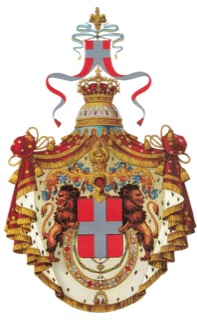
Embarking on a narrative that travels through the annals of Europe’s history, we begin with the Royal House of Italy, the venerable House of Savoy — Casa Savoia. This noble lineage traces its roots back to the year 1003, within the historic region of Savoy that lies draped across the majestic Alps, bridging what is now modern-day France and Italy. From the governance of a modest Alpine county, the House of Savoy embarked on a remarkable journey of expansion, extending their sovereignty to the fertile lands of Piedmont and Sardinia. The 19th century saw them ascend to an even greater role, orchestrating the unification of Italy, a series of political and military events that birthed the Kingdom of Italy. The annals of the House of Savoy are inscribed with the names of influential monarchs like Victor Emmanuel II, who spearheaded the unification, followed by kings Umberto I, Victor Emmanuel III, and Umberto II, each of whom left their indelible mark on Italian and European history, including a fleeting sovereignty over Spain.
HRH Emanuele Filiberto di Savoia – Prince of Piedmont and Venice

Within this illustrious lineage, we find His Royal Highness Emanuele Filiberto di Savoia, Prince of Piedmont and Venice, the direct descendant of King Umberto II, Italy’s last king. Emanuele Filiberto’s tale is one of modern-day royalty, growing up in exile due to the laws of post-war Italy, only to return to his homeland after decades. His career took him through the financial heartlands of Geneva, where he deftly managed hedge funds, culminating in the creation of the Altin Fund. Beyond the realms of finance, his philanthropic heart gave rise to the Emanuele Filiberto Charity Fund Foundation, nurturing Italian society in health, education, and beyond. In a profound gesture, he signalled a new era by declaring his intention to pass on his royal claim to his daughter, Princess Vittoria, when the time is ripe. Emanuele Filiberto’s life, rich in the pageantry of Italian heritage, has been interwoven with the nation’s cultural fabric through television and the arts, all while sharing life with Clotilde Courau, an actress of French acclaim.
Imperial House of Romanoff
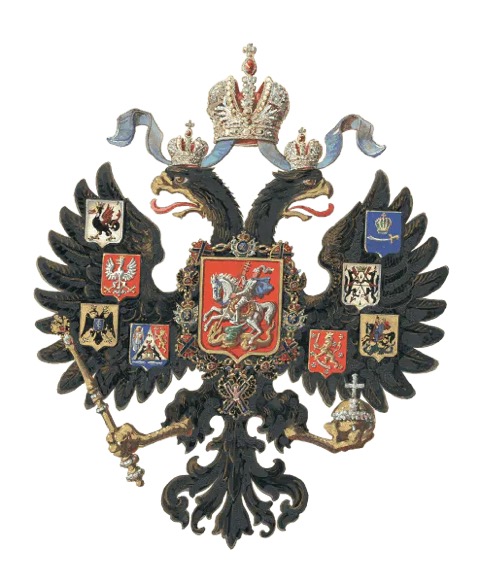
Now, let us waltz into the grand halls of the Imperial House of Romanoff, whose history is etched into the very soul of Russia. The Romanov dynasty, which reigned from 1613 until the echoes of revolution brought their reign to a close in 1917, began its ascent to the zenith of Russian power when Anastasia Romanovna became the consort of Ivan the Terrible. With their ascension, the Romanovs emerged as symbols of stability after Russia’s Time of Troubles and the Polish-Muscovite War, weathering the storms of succession disputes and the turbulent politics of the ages, ultimately leaving an indelible impact on the course of Russian history.
HIH Grand Duke George of Russia
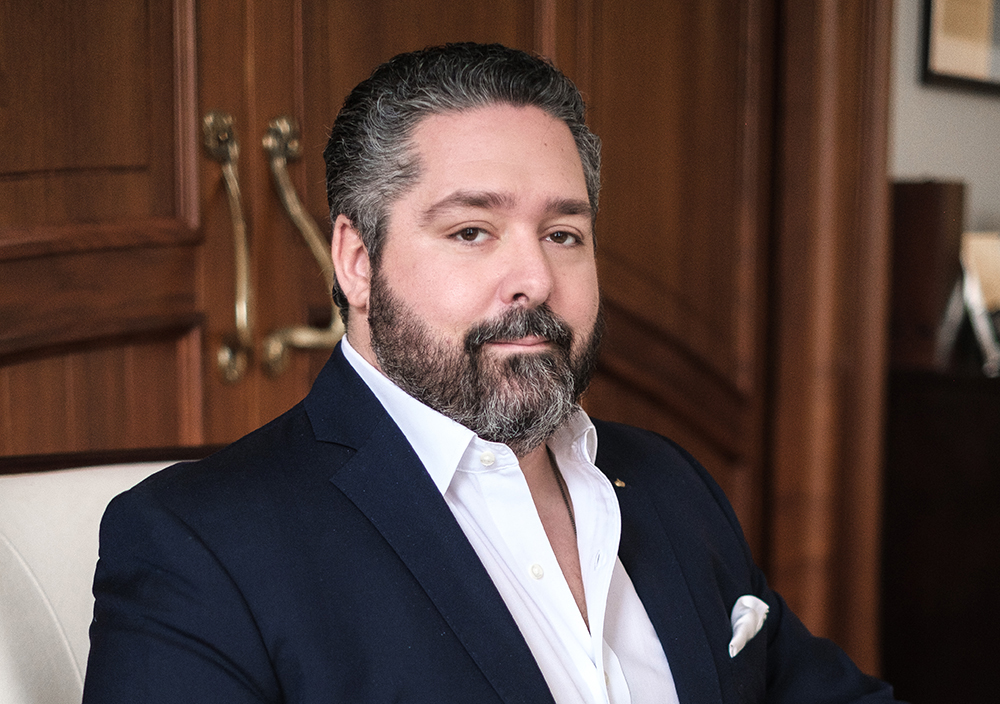
In the present lineage stands His Imperial Highness Grand Duke George Mikhailovich of Russia, the progeny of a lineage as storied as the nation itself. Born into a world where imperial titles echo a bygone era, George is the son of Grand Duchess Maria Vladimirovna, a claimant to the old throne, and Prince Franz Wilhelm of Prussia. He bears the titles of his royal heritage with the grace of one who knows the weight of history. His life has been a cosmopolitan tapestry — educated in the halls of Madrid and Oxford, contributing to the European political sphere in Brussels, and venturing into the realm of business with strategic roles in enterprises. His entrepreneurial spirit gave birth to Romanoff & Partners, rooted in the heart of Europe, in Brussels. The year 2021 marked a new chapter with his engagement to Victoria Romanovna Bettarini, née Rebecca Virginia Bettarini, and the subsequent birth of their son Alexander, baptized on Russian soil, symbolizing a historic full circle for the Romanov legacy.
Royal House of Albania
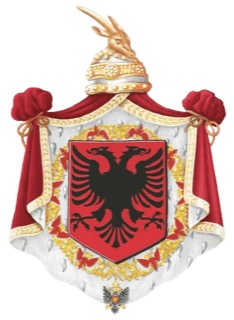
Amid the backdrop of a nascent nation’s fervent strides towards independence from the Ottoman yoke, the House of Zogu rises as an Albanian royal dynasty, architects of a modern Albania. The genesis of their saga is anchored in the figure of Ahmet Zogu, who, upon the stage of early 20th-century Albania, assumed pivotal roles in the government as the nation sought to carve out its autonomy. Ahmet Zogu, who would later be crowned as King Zog I, was at the vanguard of Albania’s political landscape following its declaration of independence in 1912, and, in a bid to weave modernity into the fabric of Albania, ascended from elected Prime Minister in 1922 to the self-proclaimed King in 1928. His reign was a tapestry of ambition and reform, intent on bolstering Albania’s international stature.
HRH Prince Leka II Zogu
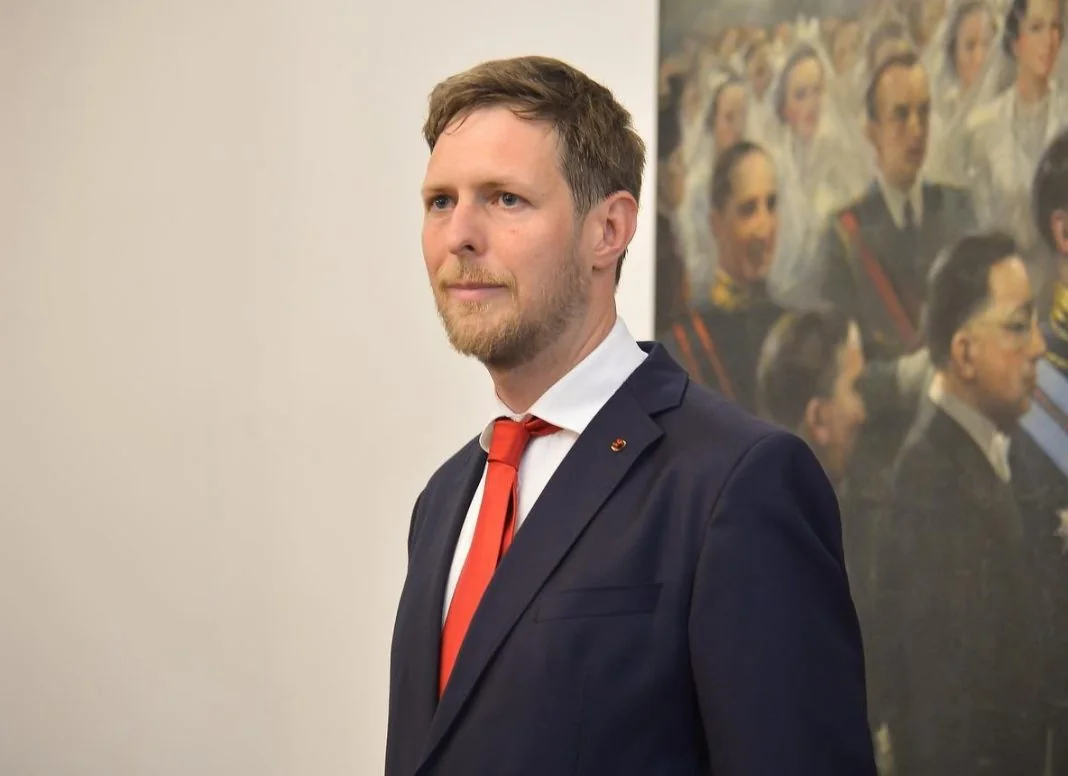
Within this regal narrative is Leka Anwar Zog Reza Baudouin Msiziwe Zogu, Prince of Albania, born into a world where the royal mantle had been cast aside, with Albania reshaped into a republic. His birth on March 26, 1982, in Tirana, was a beacon of continuity for the royal line, even as it thrived in exile. Educated abroad, primarily in South Africa and the United Kingdom, Leka was the sole progeny of Leka, Crown Prince of Albania, and his consort, Susan Cullen-Ward. The year 2002 marked a watershed in Leka’s life and the saga of the Albanian monarchy—a referendum to restore the royal institution was held. Despite the people’s verdict against a monarchical revival, it enabled Leka II and his lineage to reclaim a spotlight in Albania amid both adulation and contention. Assuming the mantle of the House of Zogu’s head from his father, Leka II carried the embers of the constitutional monarchy dream, persisting as a contemporary emblem of the erstwhile throne. His life with Elia Zaharia and their son continues to intertwine the royal legacy with the Albanian spirit.
Royal House of France
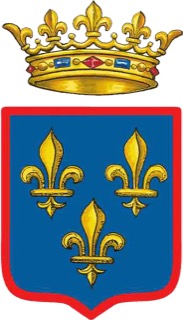
The 4th House of Orléans, an offshoot of the Royal House of France and known as the House of Bourbon-Orléans, traces its origin to Philippe I, Duke of Orléans. Brother to the ‘Sun King’ Louis XIV, Philippe founded a lineage that would stand second in line to the Bourbon kings until the tumult of the French Revolution. Though the Bourbon’s direct descendants reigned supreme, the Orléans branch flourished, culminating in a brief assumption of the throne during the July Monarchy of the 19th century, and to this day, they retain a symbolic claim to France’s long-abolished throne.
H.R.H. Prince Charles-Philippe d’Orléans, Duke of Anjou
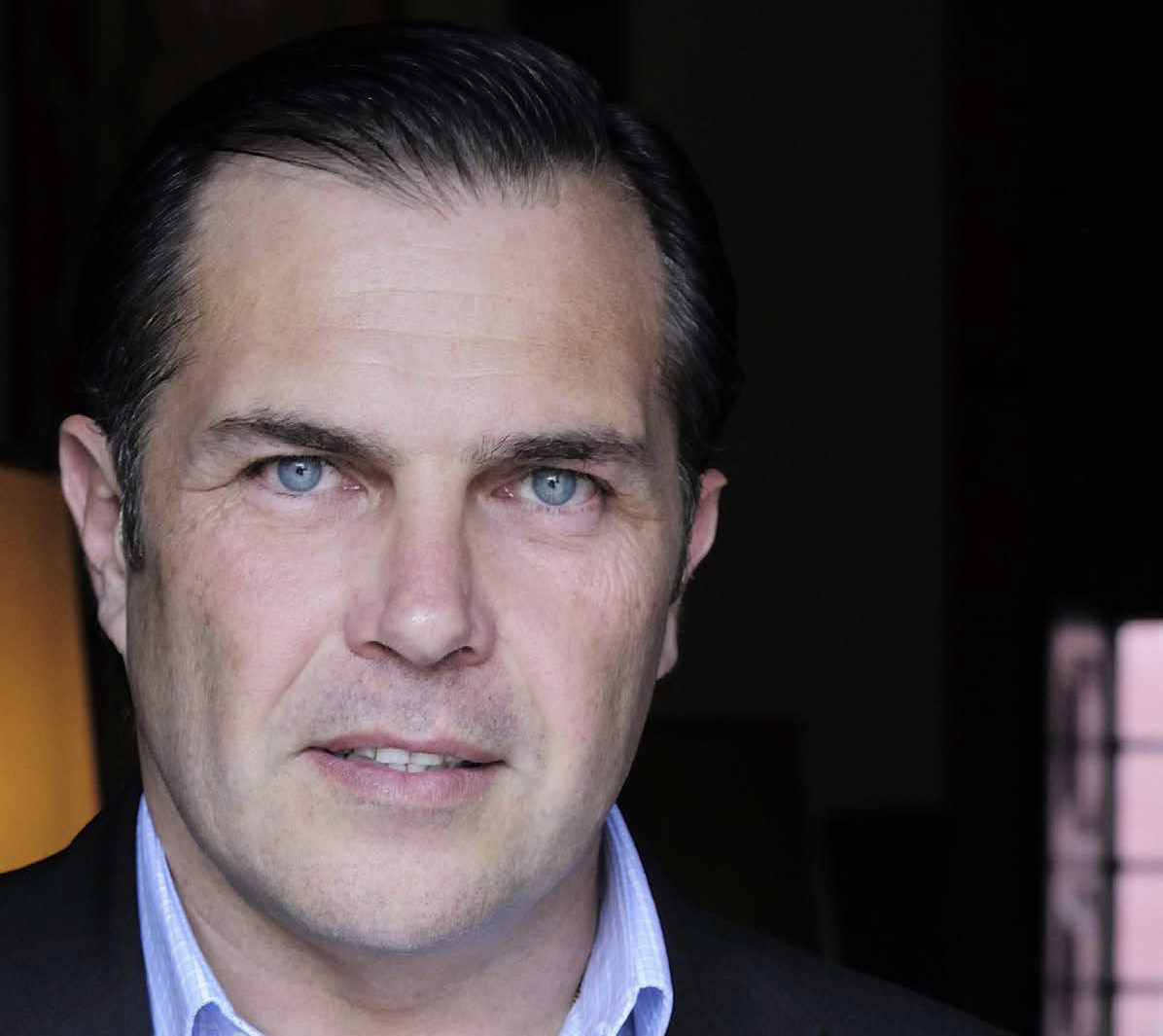
Charles-Philippe d’Orléans, born into the legacy of the House of Orléans in 1973, bears the heritage of French royalty as a scion of the House. His father, Prince Michel of Évreux, and mother, Princess Beatrice of Bourbon-Two Sicilies, instilled in him the regal virtues of duty and legacy stewardship. Known as the Duke of Anjou, Charles-Philippe’s upbringing was steeped in the ceremonial and the historical, rooted in a family whose narrative is intricately laced with the fabric of France’s royal past. An active custodian of his family’s storied heritage, he engages in cultural and charitable pursuits, nurturing the traditions of his forebears. In his conduct and endeavors, Charles-Philippe d’Orléans embodies the enduring legacy of his house and maintains his role as a dignitary in the tapestry of European nobility.
Royal House of Bulgaria
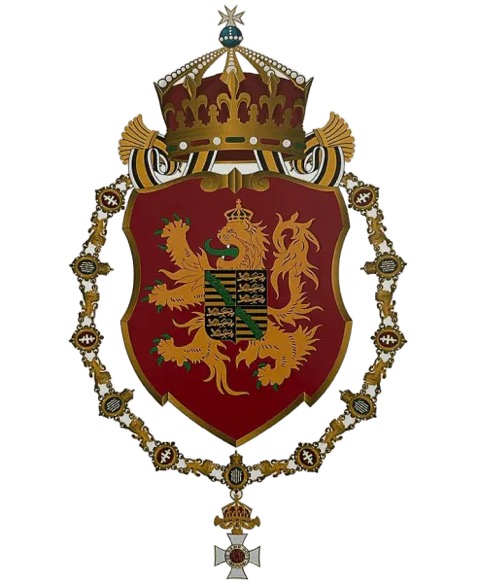
Tracing its lineage back to the medieval Bulgarian Empire, from the 7th through the 14th century, the Bulgarian royal family’s history is punctuated by eras of monarchical rule and republican governance. Its origins are illustrious, with sovereigns like Khan Asparuh, Khan Krum, and Tsar Simeon I emblematic of its past grandeur. The Empire’s fall to Ottoman dominion in 1396 signified the start of almost five centuries of foreign rule, during which Bulgarian sovereignty was eclipsed, and the monarchy dissolved. Independence, restored in 1908, heralded the constitutional monarchy’s advent, with Ferdinand I ascending as its pioneer sovereign. Yet, post-World War II political tides turned Bulgaria into a people’s republic, extinguishing the monarchy in 1946. The royal lineage scattered into exile as Bulgaria embraced communism, which persisted until the 1990s. The nation’s democratic transition post-communism saw figures like Simeon II, the former monarch, re-engage with Bulgarian politics, notably serving as Prime Minister from 2001 to 2005. Although Bulgaria is now a republic, the royal family’s historical narrative is a tapestry that reflects the nation’s multifaceted evolution.
H.R.H. Konstantin-Assen, Prince of Vidin, Duke of Saxony
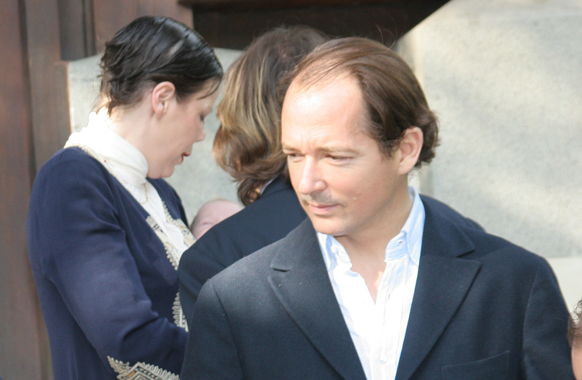
Born on December 5, 1967, in Madrid, His Royal Highness Konstantin-Assen, Prince of Vidin, and Duke of Saxony, is a distinguished graduate of Lycée Français and ICADE in Spain, where he earned his bachelor’s degree in Business Administration. Furthering his education in the United States, he obtained a Master’s degree from Columbia University. Currently, he directs the Rotschild Bank’s operations in Spain. On July 7, 1994, Prince Konstantin-Assen wed Doña María García de la Rasilla y Gortázar, with their union being blessed with twins, Umberto and Sofia, born on November 20, 1999.
Royal House of Yugoslavia

The Karađorđević dynasty, rooted in Serbian royal heritage, began its ascent in the early 19th century with Karađorđe Petrović, the seminal figure in the First Serbian Uprising against Ottoman hegemony. Striving for Serbian autonomy and independence, Karađorđe’s leadership during the 1804 uprising marked the dynasty’s rise to historical prominence, albeit with Serbia only achieving a degree of self-governance before Ottoman forces quelled the rebellion in 1813. Karađorđe’s subsequent exile prefaced a period of Obrenović dynasty rule, but the Karađorđevićs’ fortunes were revived in the 19th century upon their return to Serbia. A pivotal 1903 coup led by King Alexander I of the Karađorđević family ousted the Obrenović monarchy, reinstating the Karađorđević dynasty to the throne. Presently, despite Serbia’s republic status, the Karađorđevićs maintain a cultural and philanthropic footprint, with Crown Prince Alexander’s initiatives underscoring their ongoing legacy.
HRH Prince Dimitri Karageorgevitch
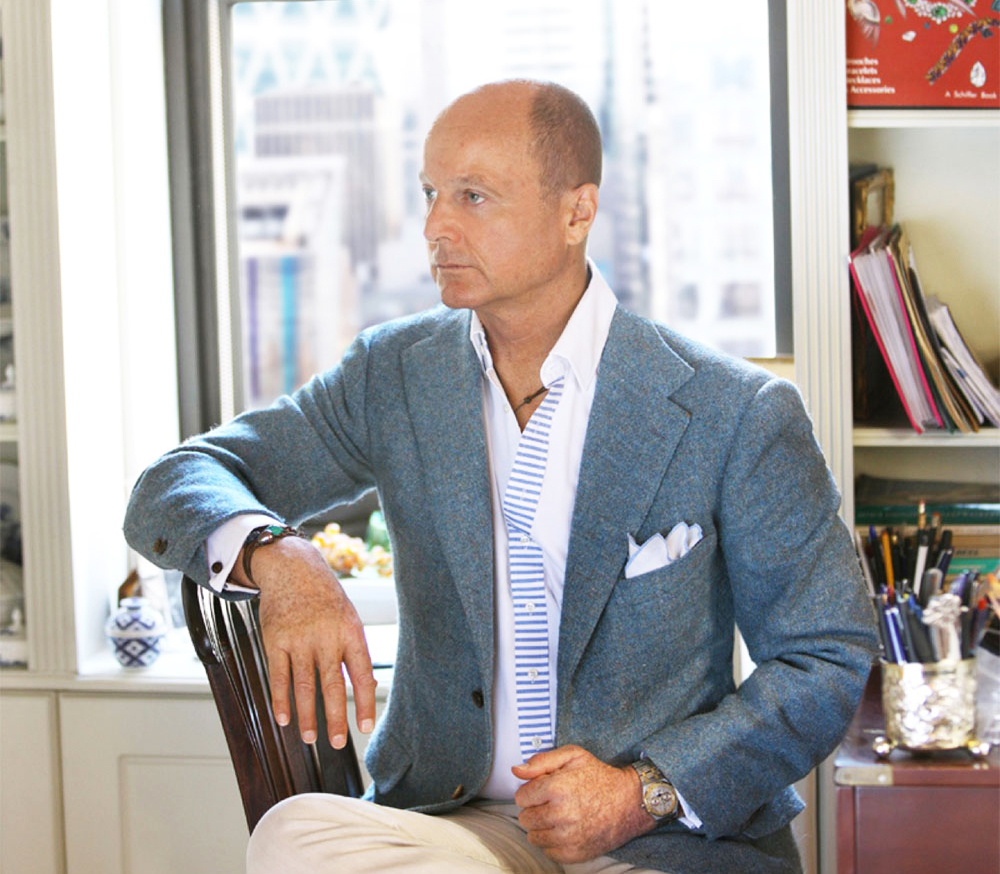
Prince Dimitri of Yugoslavia, known formally as Prince Dimitri Nicholas Paul George Maria or Dimitri Karageorgevich, has carved a niche for himself in the world of gemology and jewelry design. As the founder and head of the Prince Dimitri Company, he infuses his regal heritage into the realm of high jewelry, previously holding a pivotal position at Sotheby’s auction house as senior vice president of their jewelry department. His refined taste in fashion and elegance earned him a coveted spot in the International Best Dressed List Hall of Fame in 1994.
The Royal House of Lesotho

Moshoeshoe I, born circa 1786 and passing on March 11, 1870, was a foundational figure as the inaugural monarch of Lesotho. Originating from the Bamokoteli lineage, a subgroup of the Basotho people, he was the progeny of Mokhachane and Kholu. As a youth, Moshoeshoe aided his father in consolidating control over lesser clans, and at 34, he established his own clan, ascending to chieftainship. His adherents settled at Butha-Buthe Mountain. In 1822, Moshoeshoe ascended as the first and most enduring King of Lesotho. During the 1820s, as the Basotho contended with cattle raids by the Koranna, they encountered horses and firearms for the first time. Moshoeshoe’s people then acquired these assets, amassing an unparalleled quantity among South African chieftains by 1843. That year, Moshoeshoe entered into a treaty with the British Cape Colony, securing an alliance with the Basotho. Through the years, he adeptly navigated negotiations and treaties amidst colonial encroachment and territorial disputes. His enduring legacy lies in founding the Basotho nation, honored annually on Moshoeshoe Day, a national holiday in Lesotho. The Moshoeshoe I International Airport is named in his honor, and the South African shweshwe fabric owes its name to him, having been popularized throughout his kingdom.
HRH Prince Seeiso Bereng Seeiso

Prince Seeiso Bereng Seeiso of Lesotho, formally titled as Prince Seeiso Bereng Seeiso, Principal Chief of Matsieng, was born on July 16, 1966, in Morija, Lesotho. A distinguished member of the Lesotho royal household, he is pivotal in the nation’s cultural and societal functions. Brother to King Letsie III of Lesotho, they are both offspring of King Moshoeshoe II and Queen Mamohato Bereng Seeiso. Queen Mamohato was renowned for her philanthropic efforts, particularly in healthcare and social causes. Holding the significant traditional leadership role of Principal Chief of Matsieng, Prince Seeiso’s position is deeply respected within Lesotho’s societal structure. Notably, he co-founded the Sentebale charity with Prince Harry of the United Kingdom in 2006, aiming to support vulnerable children in Lesotho, especially those impacted by HIV/AIDS. This initiative has substantially benefited numerous children in Lesotho. Prince Seeiso consistently represents his country, fostering the promotion of Lesotho’s culture and the prosperity of its populace, thereby cementing his status as a revered figure in Lesotho, lauded for his national loyalty and philanthropic commitment.
The House of Mecklenburg
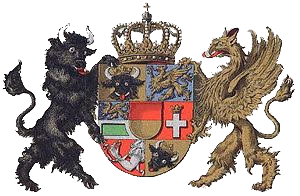
The House of Mecklenburg, tracing its lineage back to the 12th century, originated in the present-day region of Mecklenburg-Vorpommern in northern Germany. Rising to prominence through strategic nuptials and alliances, this noble dynasty founded two primary duchies: Mecklenburg-Schwerin and Mecklenburg-Strelitz, originally part of the Holy Roman Empire and which broadened their territories over the centuries. The House faced the devastating Thirty Years’ War in the 17th century, enduring economic distress and regional destruction, with Mecklenburg-Schwerin temporarily under Swedish authority. Post-conflict, the duchy was restored to the Mecklenburg house. The 18th century dukes of Mecklenburg championed Enlightenment principles, propelling reforms in governance, education, and agriculture, heralding an era of significant progress. In the 19th century, Mecklenburg-Schwerin and Mecklenburg-Strelitz were elevated to grand duchies within the German Empire established in 1871, maintaining a degree of sovereignty within the empire. The present-day House of Mecklenburg exists as a historic noble family, with members actively engaging in charitable activities and cultural endeavors, preserving the region’s rich legacy.
H.H. Duke Carl Michael Borwin of Mecklenburg, Prince of Wenden, Schwerin and Ratzeburg
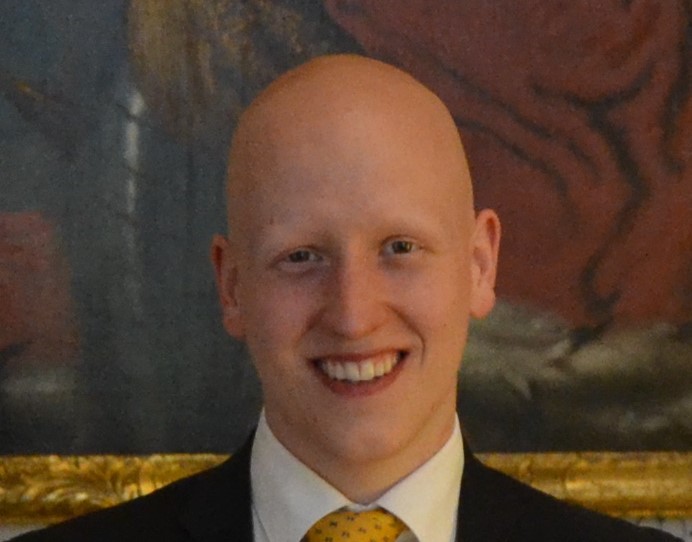
Duke Michael of Mecklenburg, born June 17, 1994, belongs to the House of Mecklenburg, a German aristocratic lineage renowned for its historical depth. Offspring of Duke Borwin of Mecklenburg and his former spouse Alice Wagner, Duke Michael was reared in the privileged milieu of nobility. As part of the broader European aristocracy, he is interlinked with other eminent noble families across the continent. The Mecklenburgs historically reigned as dukes over the Mecklenburg region and, while they no longer wield political influence, they uphold their traditions and cultural heritage. Duke Michael’s existence, akin to many contemporary nobles, interweaves public engagements, cultural involvements, and familial duties, representing the historical heritage of his family and the larger tradition of aristocracy in Germany and Europe.
